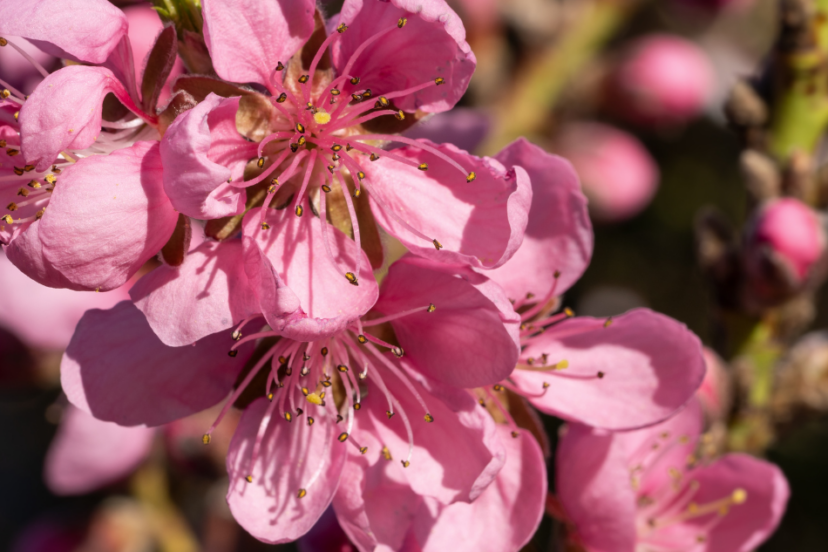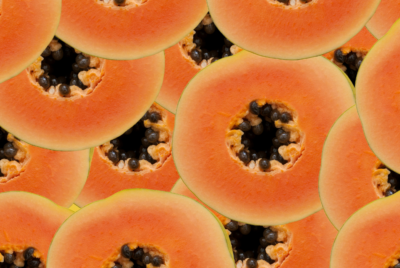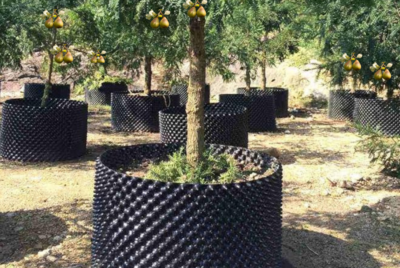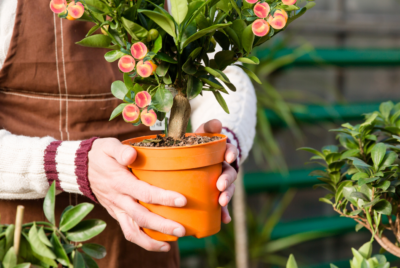Nectarine Tree in a Pot – Care And Maintenance Tips
A nectarine tree can thrive in a pot (most varieties), bringing delicious fruits right to your doorstep. However, proper care and maintenance are key to ensuring your tree stays healthy and produces bountiful harvests. From choosing the right pot size to imperative watering and fertilizing tips, this guide covers everything you need to know to nurture your nectarine tree in pots successfully. With the right attention and care, you can enjoy the sweet rewards of growing nectarines at home in containers.
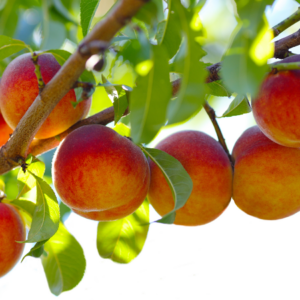
Key Takeaways:
- Choose the right pot size: Ensure the pot is large enough to accommodate the growing roots of the nectarine tree.
- Well-draining soil: Use a well-draining soil mix to prevent waterlogging, which can harm the roots of the tree.
- Proper sunlight: Place the nectarine tree in a sunny spot to ensure it receives at least 6-8 hours of sunlight daily.
- Regular watering: Keep the soil consistently moist but not waterlogged, especially during the growing season.
- Fertilize as needed: Feed the nectarine tree with a balanced fertilizer to ensure it gets the necessary nutrients for healthy growth.
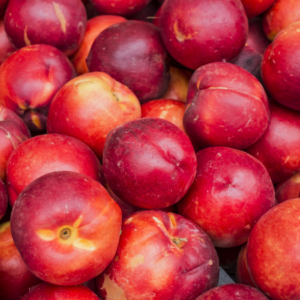
Selecting the Right Pot
Size Considerations
The size of the pot is crucial when growing nectarine trees. Ensure the pot is large enough to accommodate the growing tree while providing ample space for root development. It’s recommended to choose a pot that is at least 18-24 inches in diameter and depth.
Material Options
Concerning selecting a material for your nectarine tree pot, there are several options available. Clay, plastic, and ceramic pots are popular choices that provide good drainage and insulation for the roots. Each material has its own benefits, so choose one that suits your needs and preferences.
This allows for proper aeration and drainage, preventing waterlogged soil which can lead to root rot. Plastic pots may retain more moisture, so be mindful of your watering schedule. Clay pots are porous, allowing for better airflow to the roots. Ceramic pots are sturdy and offer good insulation for the roots in varying weather conditions.
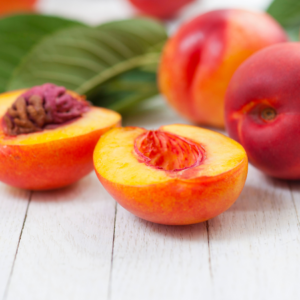
Soil and Fertilization
Choosing the Best Soil Mix
Soil: Now, when it comes to nurturing your nectarine tree in a pot, choosing the right soil mix is crucial. Opt for a well-draining mix that is rich in organic matter. A mix specifically designed for fruit trees or citrus plants would be ideal.
Fertilization Schedule
Soil: Fertilization is key to ensuring your nectarine tree thrives and bears delicious fruit. During the growing season, fertilize your tree every 4-6 weeks with a balanced fertilizer formulated for fruit trees. Avoid over-fertilizing, as this can harm the tree. In the winter months, apply a lower-nitrogen fertilizer to promote healthy root growth.
Watering and Sunlight Needs
Watering Techniques
Many gardeners may wonder how much water a nectarine tree in a pot needs. It’s vital to keep the soil consistently moist but not waterlogged. Water deeply and thoroughly, allowing excess water to drain out from the bottom of the pot to prevent root rot. Feel the top inch of the soil – if it’s dry, it’s time to water again. During hot weather, you may need to water more frequently to keep the tree happy and hydrated.
Sunlight Requirements
Any nectarine tree thrives in full sunlight, requiring at least 6 to 8 hours of direct sunlight daily to produce an abundant harvest. Place your potted nectarine tree in a sunny spot, like a balcony or patio, where it can soak up the sun’s rays.
The nectarine tree is a sun-loving plant, and insufficient sunlight can result in poor fruit production or leggy growth. If you notice your tree reaching towards the light or not producing as many fruits as expected, consider moving it to a sunnier location.
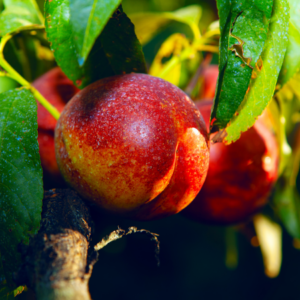
Pruning and Winter Care
How to Prune Your Nectarine Tree
All nectarine trees benefit from pruning to ensure optimal growth and fruit production. When pruning your tree, focus on removing dead or diseased branches, as well as any crossing branches that can hinder air circulation. Trim back growth to encourage a desired shape and promote sunlight penetration to the center of the tree.
Preparing for Winter
Winter is a crucial time for nectarine trees, as they go into dormancy. Proper winter care is vital to ensure a bountiful harvest in the coming year. Before winter hits, make sure to fertilize the tree with a balanced fertilizer to provide necessary nutrients. Mulch around the base of the tree to protect the roots from freezing temperatures and add a layer of organic material to help retain moisture.
Summing up
Upon reflecting on the care and maintenance tips for nurturing nectarine trees in pots, it is clear that with the right attention and effort, these trees can thrive and bear delicious fruits. By providing adequate sunlight, water, soil, and pruning when needed, you can enjoy a bountiful harvest of nectarines from your potted tree. Remember to monitor for pests and diseases regularly, as prevention is key to keeping your tree healthy. With these tips in mind, you can create a fruitful and beautiful addition to your garden or patio.
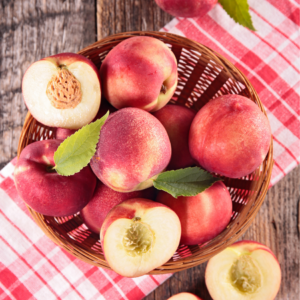
FAQ
Q: Can I grow nectarine trees in pots?
A: Yes, nectarine trees can thrive in pots as long as they have enough space, sunlight, and proper care.
Q: What pot size is ideal for growing nectarine trees?
A: It is recommended to use a pot that is at least 20 inches in diameter and has good drainage holes to ensure the nectarine tree has enough room to grow.
Q: How much sunlight do nectarine trees need?
A: Nectarine trees require full sunlight, which means they need at least 6-8 hours of direct sunlight daily to thrive and produce fruit.
Q: How often should I water my nectarine tree in a pot?
A: Water your nectarine tree when the top inch of soil feels dry to the touch. Make sure not to overwater, as this can lead to root rot. Regular watering is necessary, especially during hot weather.
Q: Do nectarine trees in pots need fertilizer?
A: Yes, nectarine trees in pots can benefit from a balanced fertilizer designed for fruit trees. Feed your nectarine tree during the growing season, following the instructions on the fertilizer package.
Lettuce and Cabbage Companion Planting Tips
Boost Your Garden’s Health with COmpanion Planting – Cauliflower Edition
Growing Fruit Trees and Vegetables in Air Pruning Pots
Top Tips For Growing Peach Trees in Pots
Unlock the Secret to Growing Fig Trees in Pots
Complete Guide to Growing Fig Trees in Containers

